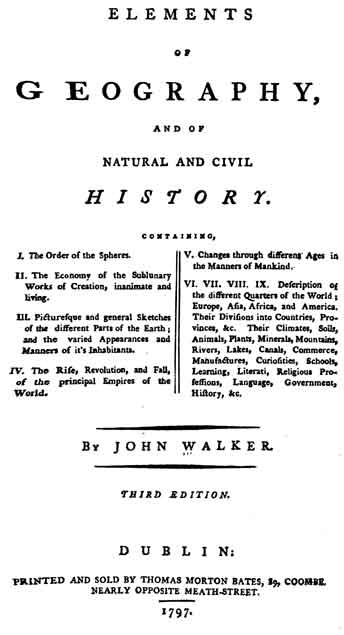
First time visitors landing in Tenerife may notice the strange lunar dryness in the south or the lush, verdant foliage in the north. Indeed in a day they could make a complete tour of the island and view its crowning glory from all angles. It wasn’t always so easy.
Thirty years ago, the quickest way to get from one side of the world to the other involved an epic plane journey which included a lengthy stopover and could take well over 36 hours. However, this is still no more than a drop in the bucket for travellers who made long journeys 200 years ago.
But what did those ancient tourists make of El Pico del Teide, Tenerife and the Canary Islands and what can their reports tell us about how Tenerife has changed?
John Walker, a physician and author, made the trip in the late 1700’s and made some interesting observations – including one which hints at how global warming has affected Tenerife and the other Canary Islands over the last couple of hundred years. I don’t remember seeing snow last on Teide for more than 3 months at a time. Do you?
From the varieties of soil, climate and exposure in the Canary Islands, the valuable productions, of temperate and tropical countries, thrive in it. The animals are camels, deer, horses, asses, mules, cows, sheep, goats, hogs, rabbits, fowls, geese, ducks, etc. The island of Tenerife rises on all sides towards the Pike, in it’s centre, like a hanging garden, till within a league of the clouds which are not above mid-way up the Pike.
But there are no houses anywhere above three leagues from the sea. The first league from the shore produces vines, the next corn, the next woods of chestnut trees etc., interspersed with some corn.
Beyond these woods are the clouds which in fine weather come down in the evening, and rest on the woods till morning when they retire about a league. Where the clouds rest in the day, there are many pine trees, beyond which grows no grass or vegetable except a shrub called retama.
Of the Canary Islands, which there are seven in number, Tenerife is the most considerable. It is about 36 leagues in circumference. The latitude of its centre is 28 deg. 30 min. N. longitude, 16. deg. 25 min. W. from London.
The principal differences in the climates of these islands arise from the different elevations above the sea. For eight months of the year, their summits of them all, except Lanzarote and Fuerteventura are covered in snow. Yet, in their valleys and shores the cold is seldom so great as to render fires necessary. A very great proportion of the surfaces of all the Canaries is covered with lava, calcined stones, and the black dust of ashes, formerly emitted by volcanoes, the remains of which are still very visbible in all the islands and some of them, among which is the Pike of Tenerife are not yet extinguished.
Extract from: Elements of geography and of natural and civil history, by John Walker.
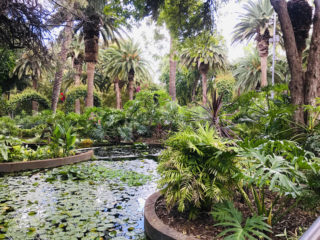
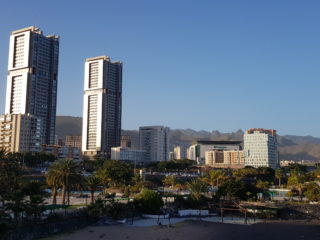
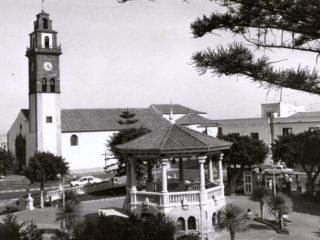
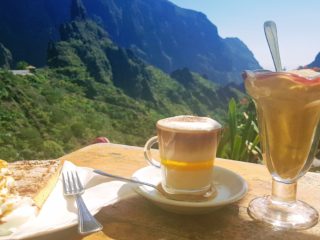
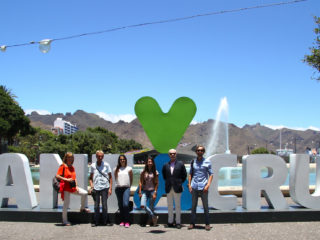
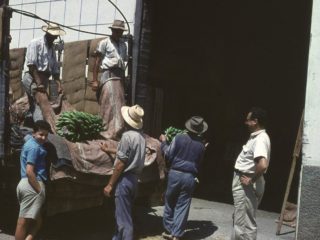


Comments are closed.